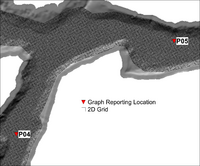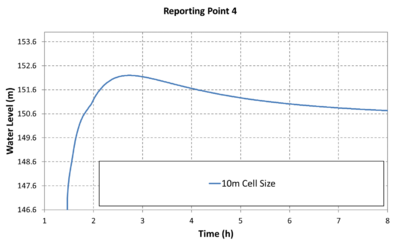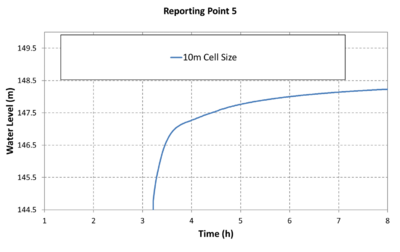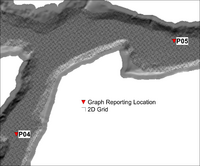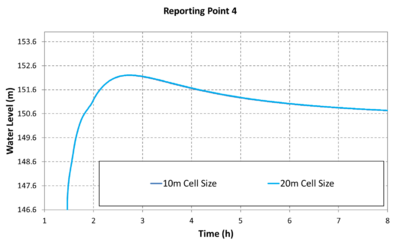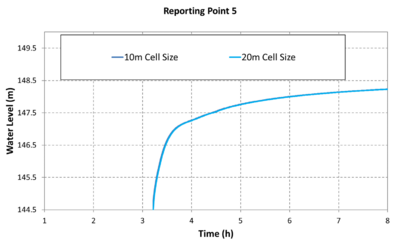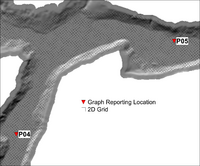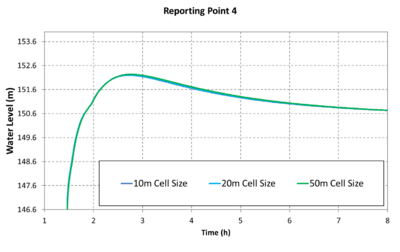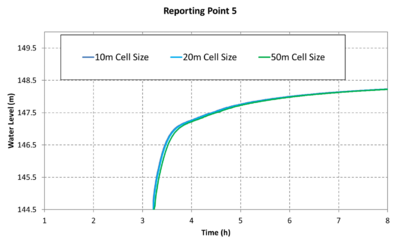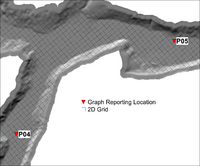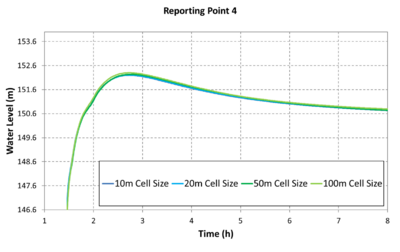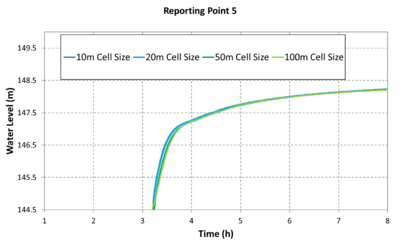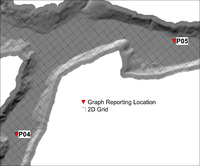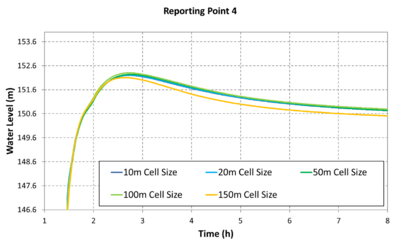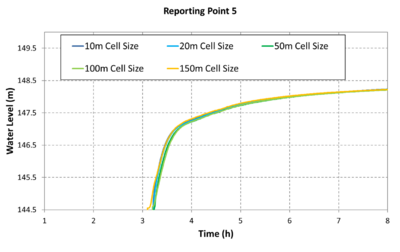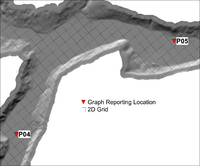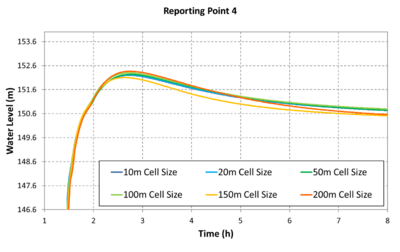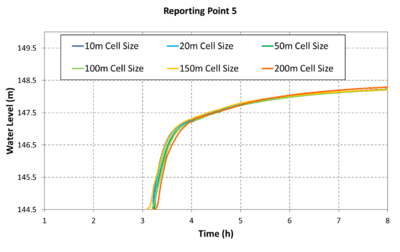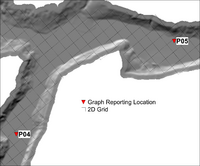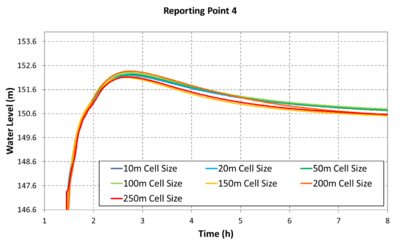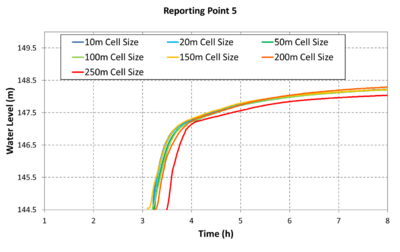TUFLOW 2D Cell Size Selection: Difference between revisions
Jump to navigation
Jump to search
Content deleted Content added
Chris Huxley (talk | contribs) |
Chris Huxley (talk | contribs) |
||
| Line 11: | Line 11: | ||
= Rural Catchment Assessment Results == |
== Rural Catchment Assessment Results == |
||
[[File:Mesh_Converge_Grid_010.png|200px]][[File:Mesh Converge Exg P4 010.png|400px]][[File:Mesh Converge Exg P5 010.png|400px]]<br> |
[[File:Mesh_Converge_Grid_010.png|200px]][[File:Mesh Converge Exg P4 010.png|400px]][[File:Mesh Converge Exg P5 010.png|400px]]<br> |
||
[[File:Mesh_Converge_Grid_020.png|200px]][[File:Mesh_Converge_Exg_P4_020.png|400px]][[File:Mesh_Converge_Exg_P5_020.png|400px]]<br> |
[[File:Mesh_Converge_Grid_020.png|200px]][[File:Mesh_Converge_Exg_P4_020.png|400px]][[File:Mesh_Converge_Exg_P5_020.png|400px]]<br> |
||
Revision as of 12:57, 24 May 2018
This page is currently under construction.
Cell size convergence is an important concept in flood modelling.
This test is designed to simulate flood wave propagation down a river valley following the failure of a dam. The valley DEM is ~0.8 km by ~17 km and the valley slopes downstream on a slope of ~0.01 in its upper region, easing to ~0.001 at lower elevations.
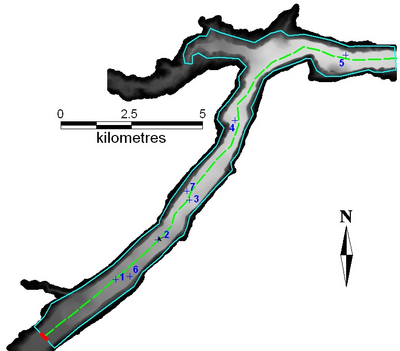

The inflow hydrograph shown below is applied as a boundary condition at the upstream end of the valley.

